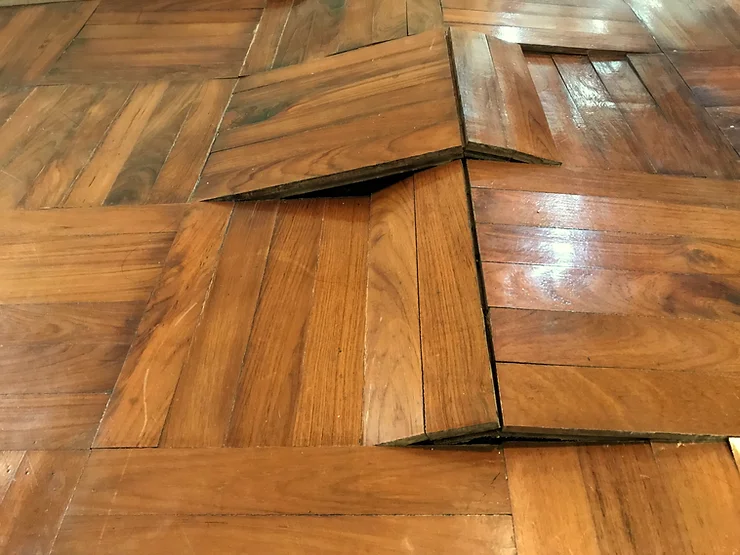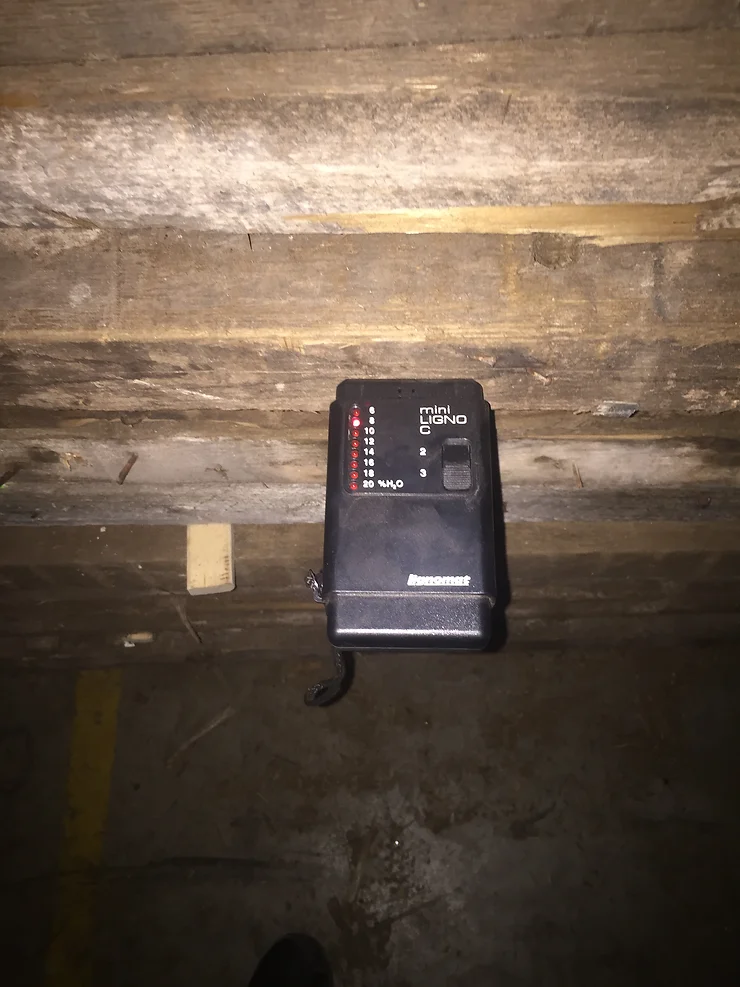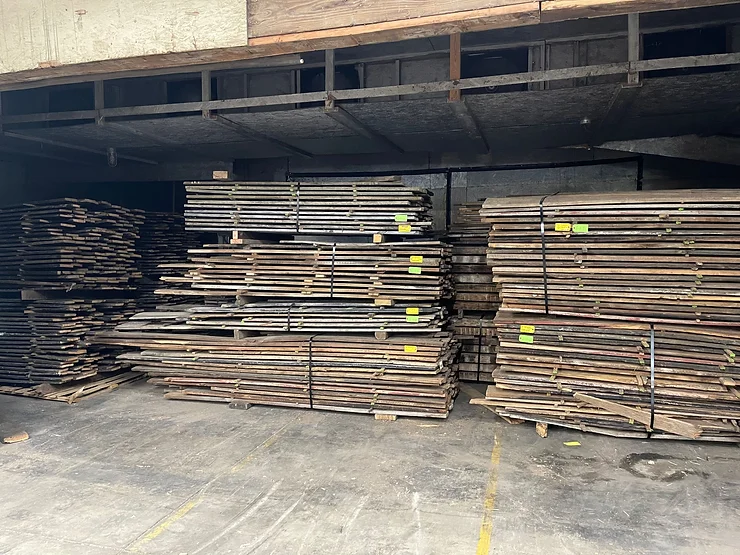Wood products have, for millennials, been the first choice for those looking to decorate their home building projects with natural designs. When choosing between different types of building materials, there are many factors that go into deciding which one will work best, but if you want the durability and beauty of wood, there is something extremely important to keep in mind. In this blog post, we’ll discuss why kiln drying lumber is unquestionably necessary for its long-term durability, structural integrity, and protection from partial or complete damage.
What Is Kiln Drying?
Green lumber, or wood that has not been kiln-dried, obviously contains a high moisture content. But even repurposed boards that have been pulled from an old structure have too high moisture to make directly into flooring or any other product. In order to reduce the moisture content to the desired level, both green and reclaimed lumber must be placed in an oven called a “kiln”.
This tool uses heat to extract water vapor from the wood, which is then captured and cooled in a condenser. This process continues until the desired moisture content is reached.

Why Must Wood Have Low Humidity?
The main reason why green lumber needs to have a low humidity level is to prevent the wood from rotting or warping. If the humidity levels are too high, the wood will start to absorb moisture, and this will cause the wood to deteriorate or move. In order to ensure that it is properly dried, it is important to use a wood kiln.
The kiln helps to remove any excess moisture from the wood, which will help to improve its durability.
By buying wood that has been kiln-dried you can be sure that your project will last for many years.

Kiln Drying or Air Drying?
There are many reasons why kiln drying is a better option than air drying. Air-dried wood is dried naturally by exposure to sun and wind, usually high on hills and out of reach of ground moisture. While this may seem like the more economical and natural option, there are several hidden drawbacks to air-drying lumber.
For one, the process can take months or even years to fully dry a piece of wood, during which time it is susceptible to warping, cracking, and insect damage. In addition, air-dried lumber often still contains high moisture levels, which can lead to problems when trying to work with it or when finishing it.
On the other hand, kiln drying is a more controlled process, which leads to a more consistent product. The temperature in the kiln can reach 176 °F (80 °C) in the last few days of drying(1), which automatically kills any insects and sanitizes the lumber from any kind of fungus or even eggs, ensuring that the wood is dried evenly and completely. For flooring, it’s necessary to get the moisture content down to between 6-8%.

Choosing the Right Wood Kiln!
The two main types of wood kilns are the chamber dryer and the moving belt. Chamber dryers are the most common type and consist of a series of interconnected chambers.
They have been around for centuries, but they are more expensive than their counterparts due to their complexity in design as well as material costs—especially when you consider how many smaller buildings there would need to be if only one large factory were used! The wood is placed in one chamber and heated until the desired moisture content is reached. It then moves to the next chamber where it is cooled before being discharged from the dryer.
Moving Belt Dryers operate on a similar principle; however, instead of wood traveling along an endless track, this allows for greater flexibility in how quickly this process is completed at any given time.
Regardless of which type of wood kiln you choose, it is important to follow the manufacturer’s instructions for operation. Improper use can damage the wood or cause safety hazards. We need to always read and follow the safety precautions listed in the owner’s manual.
Overall, kiln-dried lumber is safer, more reliable, and more consistent than air-dried wood. If you are looking for the best possible quality in your lumber, make sure your projects include certified wood that has been kiln-dried.
Now that you know how kiln drying works, it’s time to put that knowledge into action! All our reclaimed wood products have been kiln-dried, so be sure to browse our selection and find the perfect material for your next project. If you have any questions about our products or services, don’t hesitate to contact us. Thanks for reading and we hope you now enjoy feeling more confident as you plan for your next remodel or for your future builds!
-
Stevie, “What is Kiln Drying? All About Kiln Dried Wood” [ Blog], OldWorldTimber.com, June 30, 2021, oldworldtimber.com/what-is-kiln-drying/



